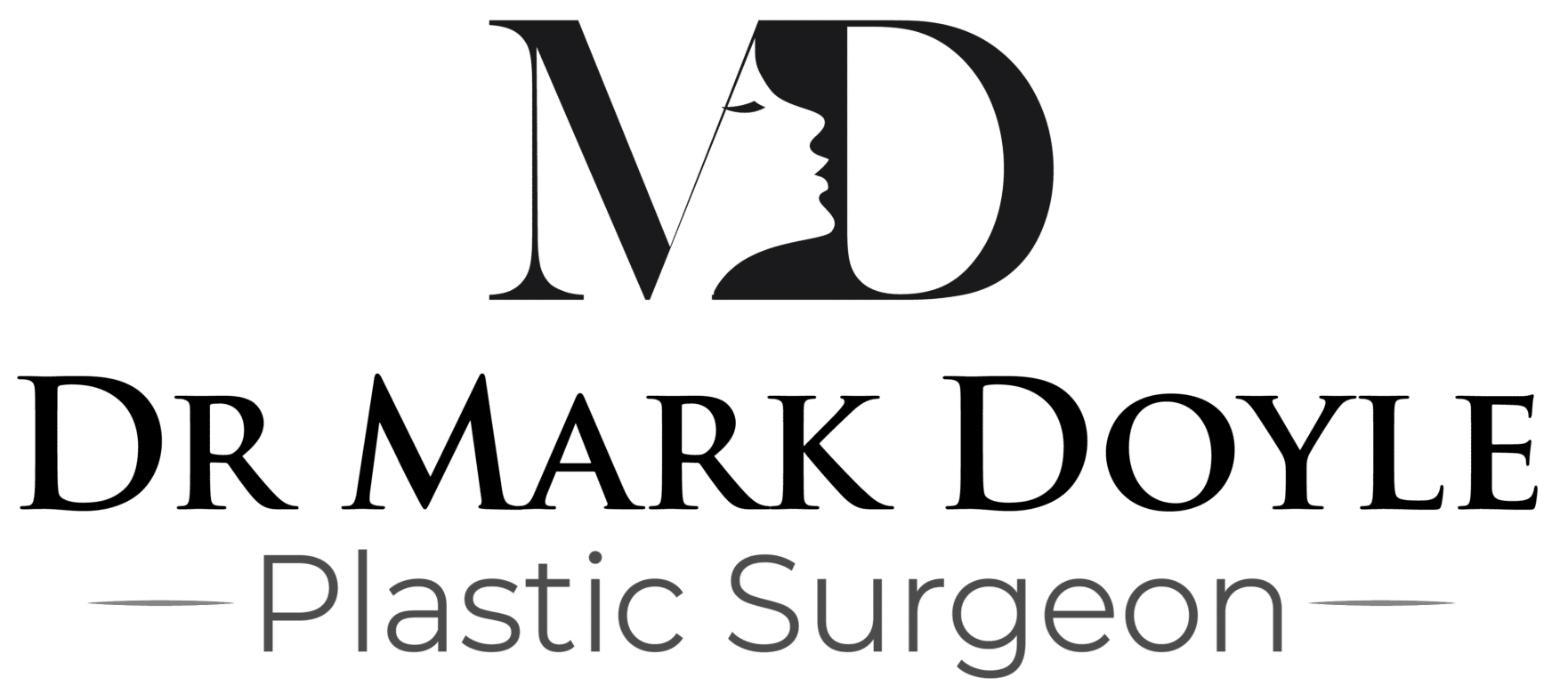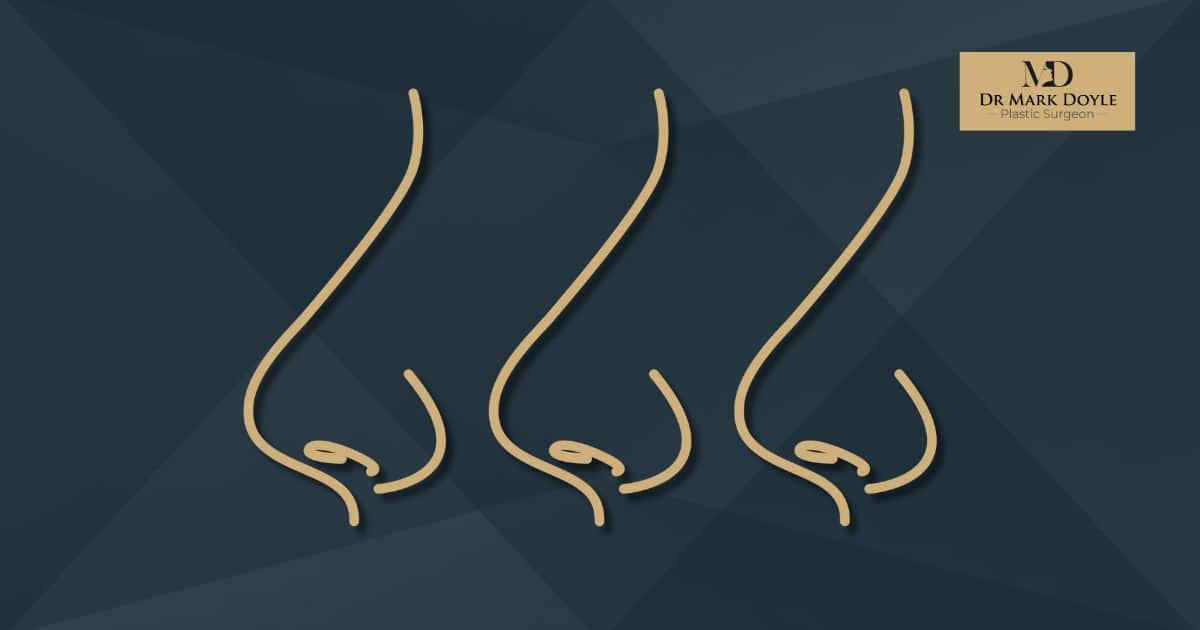If you have a dorsal hump or bump on your nose, you’re not alone. Many people have bumps on their noses, and they can be a result of a variety of factors. A dorsal bump is usually a small lump of bone or cartilage that forms on the bridge of the nose. This is a genetic trait and is most often inherited from parents. And, nose bumps can also be caused by injury or trauma to the nose.

Rhinoplasty
There are a few options for smoothing this bump on nose. You can undergo rhinoplasty surgery to have it smoothed, or you can try other non-surgical methods such as dermal volumiser. You can also use make-up to reduce the appearance of an uneven or a high nose bridge.
What Is a Dorsal Hump?
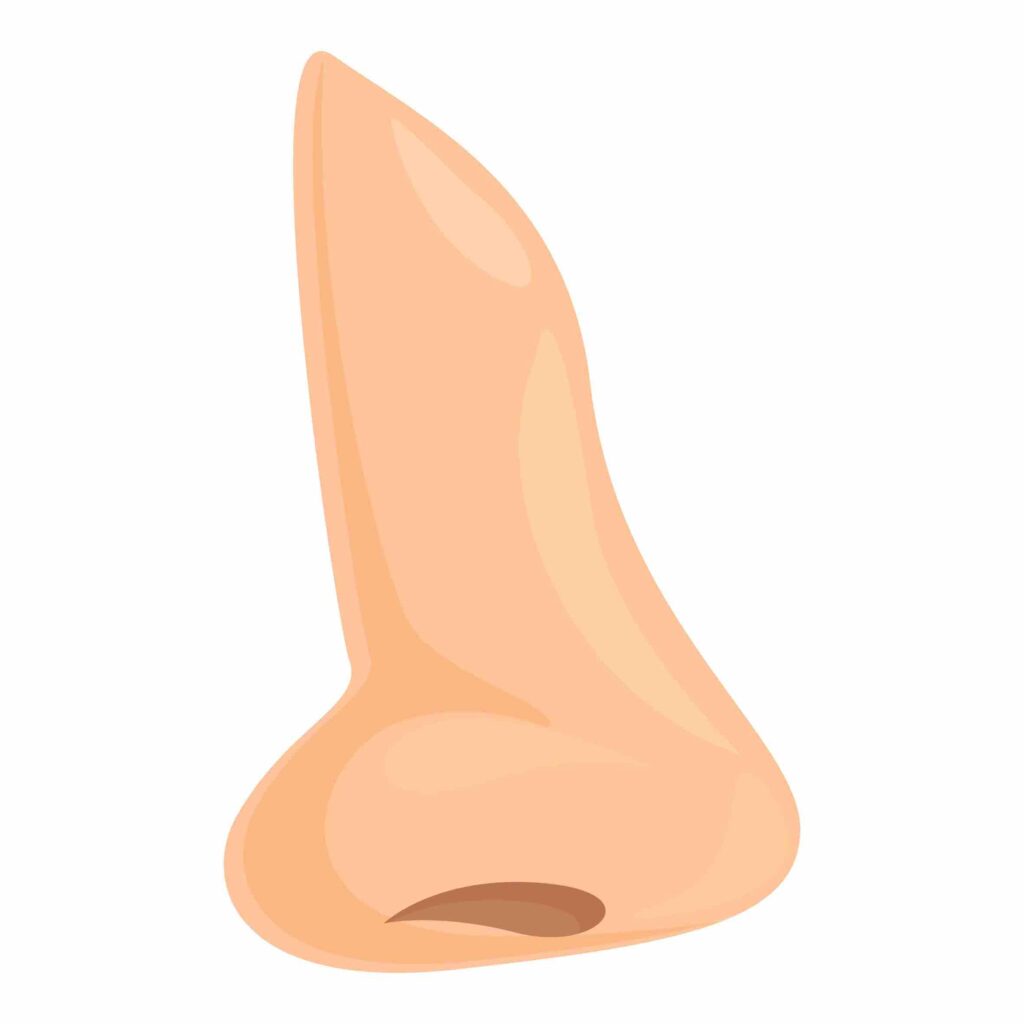
Dorsal humps are cartilage and bone irregularities on the nose. The dorsal hump may also be called a nose bump, and it can vary in size.
A dorsal bump is not usually visible from the front, but it can be seen when looking at the side profile of the nose. It usually begins at the top part of the nose near the eyes, just before the nasal tip. Many people are born with dorsal humps, while others develop them later in life due to injury or trauma to the nose.
You may also notice a bump on the side of the nose bridge. This is a dorsal hump bone irregularity, where the bone protrudes to the side. In comparison to the above condition, it can be more noticeable from the front view rather than the side profile.
What Causes a Dorsal Hump Nose?
There are various causes of a nasal hump and the main cause is genetics. Moreover, it can be more prevalent in one ethnicity than another. This is because different nose shapes are often a result of ethnicity too.
Causes of a dorsal bump can include:
Genetics
Most dorsal humps are inherited through genetics. They may not appear during childhood, but they can come about during puberty when the nose is still developing.
If one or both of your parents have a dorsal hump, you’re more likely to have one as well.
Injury or Trauma
An injury to the nose can also lead to the development of a dorsal hump. A blow to the nose can cause the cartilage to become misshapen and create a bump. This is more common in children because their noses are still developing and the cartilage is softer.
If you have a dorsal hump on the nose caused by trauma, it may be possible to reduce its appearance with surgery. Yet, this will depend on the severity of the injury.
Medical Conditions
In rare cases, a dorsal bump may be caused by a medical condition such as:
Bad Allergies
If you have allergies, you may be more likely to develop a dorsal hump. This is because allergies can cause the nose to become swollen and misshapen.
Nasal Polyps
These are non-cancerous growths that can form on the lining of the nose. They present as a hard lump in nose cartilage. And, they’re often caused by allergies or other respiratory conditions.
Deviated Septum
Septal deviation is a condition in which the cartilage that divides the nostrils is off-centre. It can cause difficulty breathing and may also lead to a dorsal hump.
Boils
Boils are pus-filled bumps that can form on the skin. They’re often caused by a build-up of bacteria, and they can occur anywhere on the body. Boils can also develop as lumps on the nose as a result of an infection within a hair follicle.
If your dorsal bump is caused by a medical condition, treating the underlying condition may help reduce its appearance. If you find that you have bumps on nose bridge that are painful, please seek an opinion from your GP.
Dorsal Hump Removal Options
There are various dorsal hump removal options available. The best option for you will depend on the severity of your condition.
Non-Surgical Methods
If you have a small dorsal hump, you may be able to reduce its appearance with dermal volumiser. This is a non-surgical cosmetic procedure in which a gel-like substance is injected into the nose to fill in any irregularities. It is also referred to as non-surgical rhinoplasty.
Dermal volumiser may help to smooth out the dorsal bump and make it less noticeable. However, they will need to be re-injected every few months as this is not a permanent solution. This treatment also does not remove the nasal dorsal hump, but it can make it less obvious.
Surgery
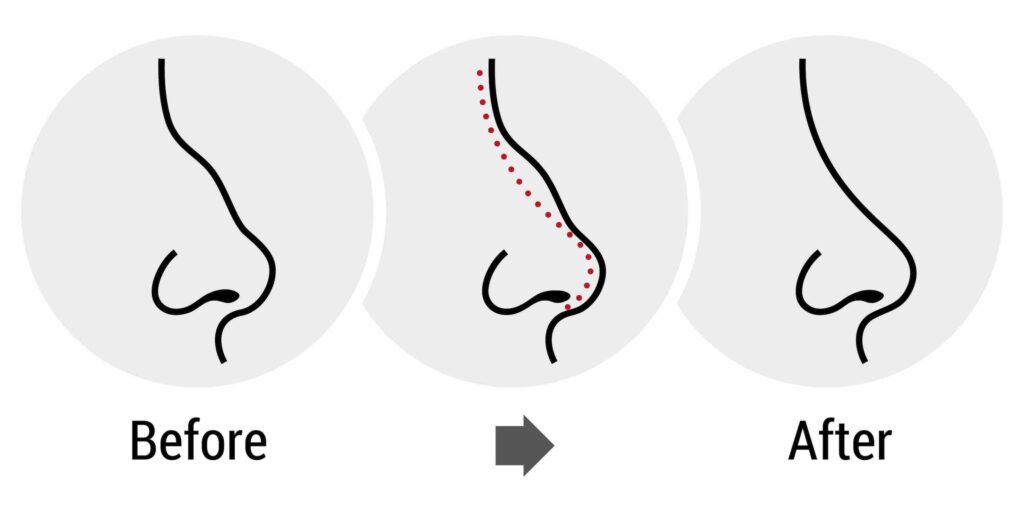
Rhinoplasty is generally considered the most reliable solution for correcting a large dorsal hump and the results are generally permanent. Two types of surgery can help:
Open Rhinoplasty
This is the most common type of surgery for dorsal hump removal. It involves Specialist Plastic Surgeon Dr Doyle making an incision on the outside of the nose, which gives him access to the inside of the nose. He will then be able to remove or reduce the bone and cartilage to create a more smoother shape.
From a medical perspective, this is considered the most effective treatment for dorsal hump reduction.
Closed Rhinoplasty
This type of nose bump removal surgery is less common and involves making incisions on the inside of the nose. It can be used to remove a dorsal bump, but it is not as effective as open rhinoplasty.
Your surgeon will discuss which type of nasal hump removal surgery is best for you, based on the severity of your condition.
Recovery
After having dorsal hump removal surgery, you will need to take some time off work to recover. Most people take around two weeks off, but this will depend on the type of surgery you have had. You will also need to avoid strenuous activity for at least six weeks.
It is normal to experience some swelling and bruising after dorsal hump nose removal surgery. This should start to improve after a few days, but it can take up to 12 months for the swelling to go down completely.
You will have a splint on your nose for the first week, which will help to support it as it heals. You may also have packing in your nose, which will be removed after a few days.
After your splint and packing have been removed, you will be able to see the new shape of your nose. However, it will generally take around six months for the final results to be visible as swelling is still present.
Dorsal Hump Removal Before and After
Below are dorsal hump before and after photos performed by Specialist Plastic Surgeon Dr Doyle. *Remember all patients are different and will have unique and varying results.
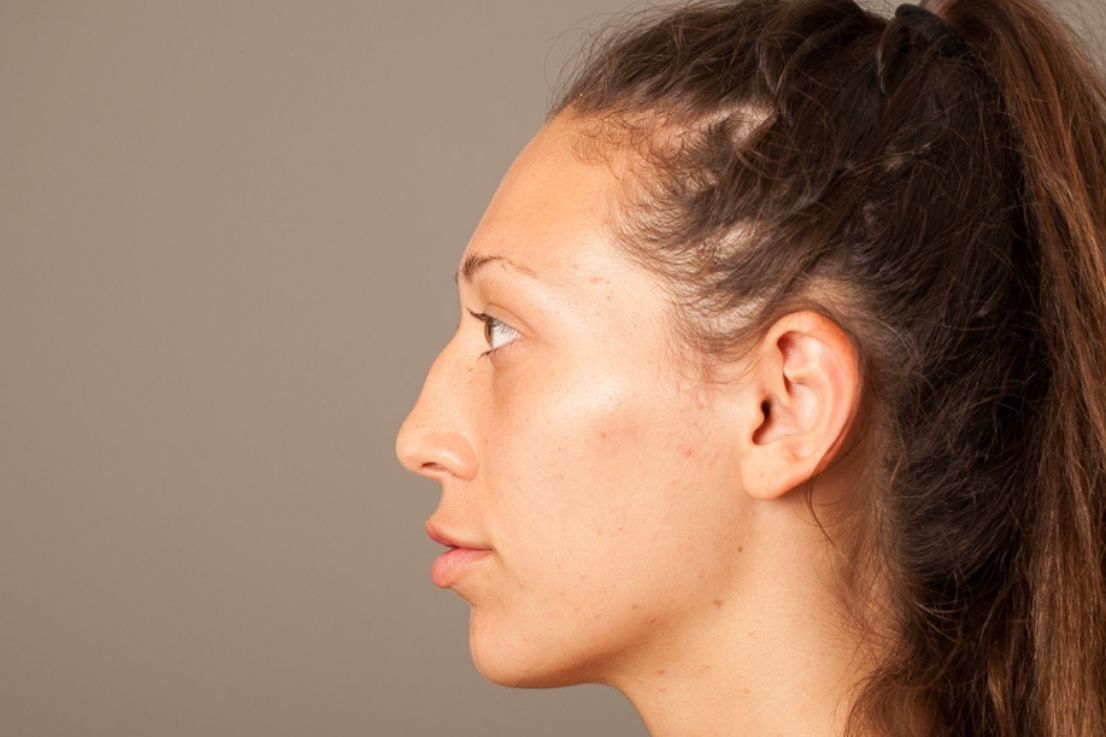
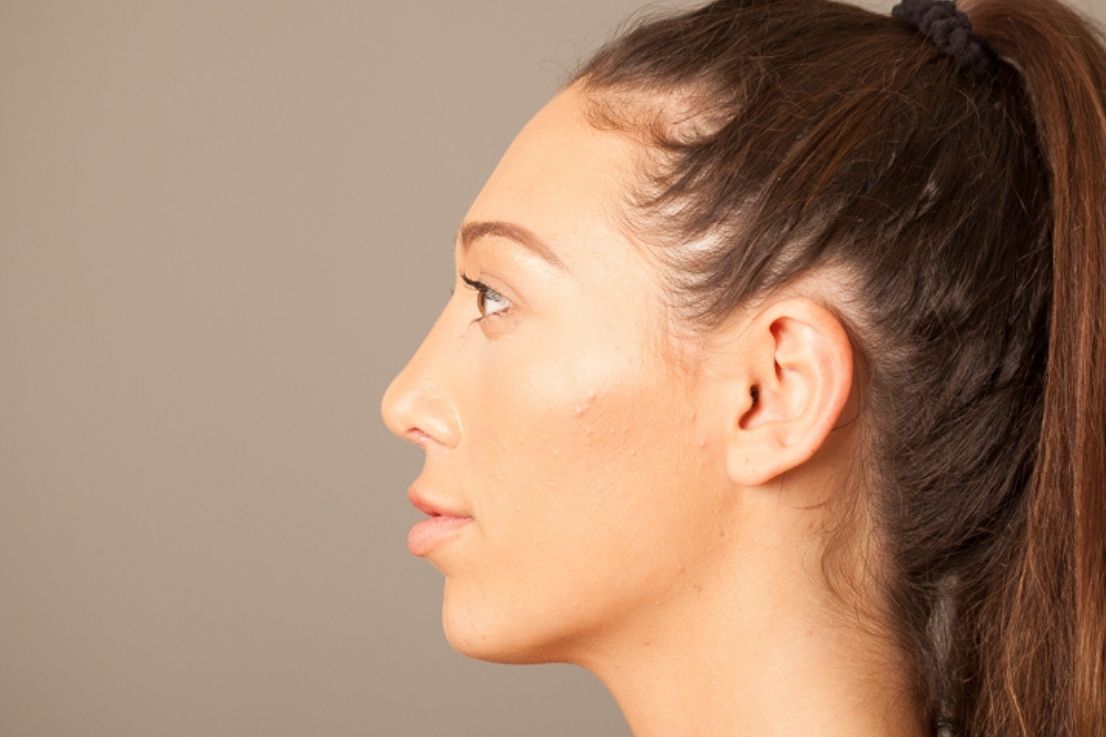
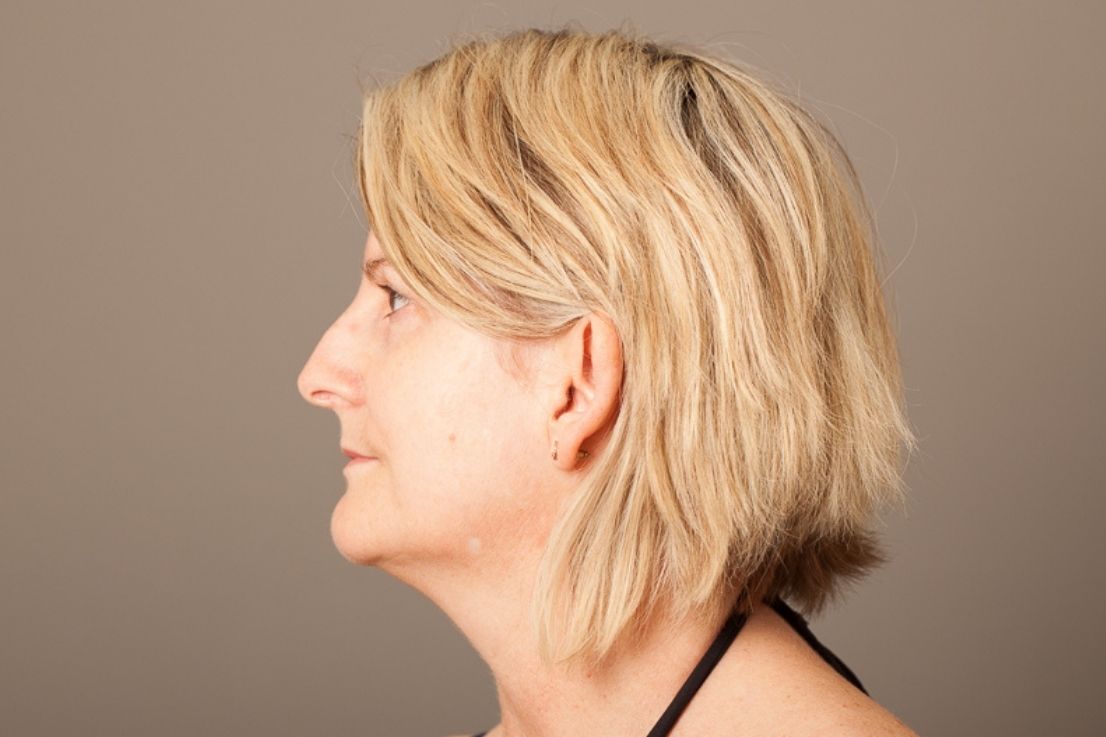
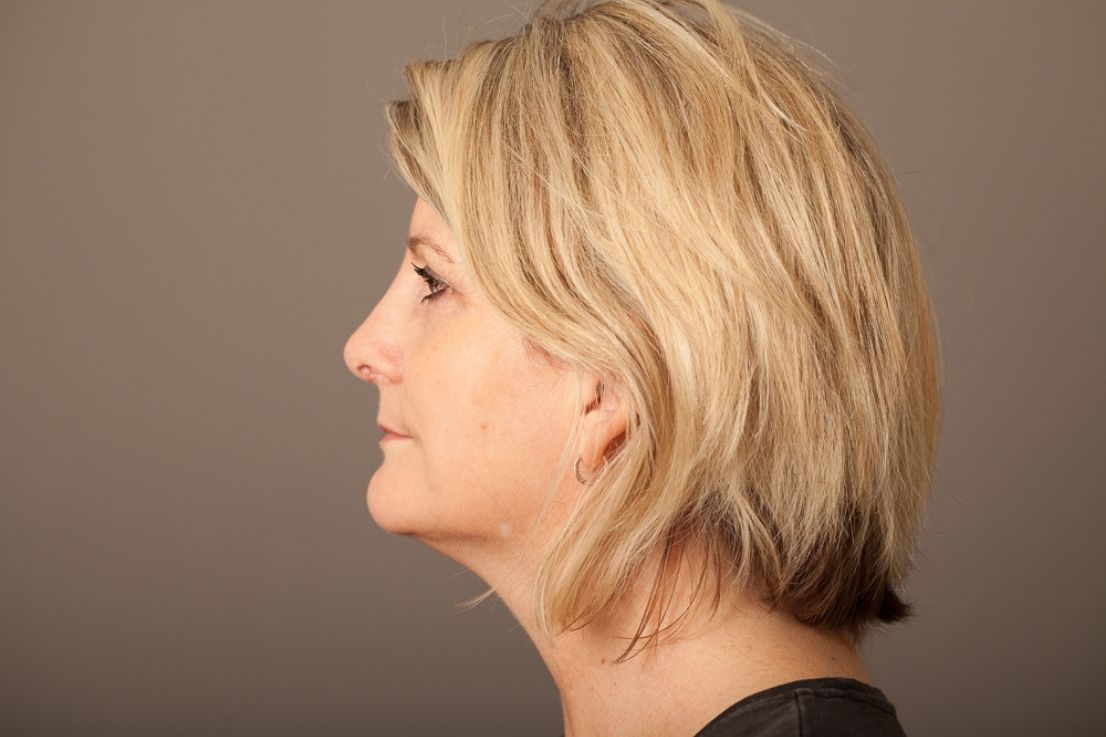
FAQ
Can a Dorsal Hump Grow Back After Rhinoplasty?
A dorsal hump cannot “grow back” after it’s removed. However, the shape of your nose may change over time as the skin and cartilage continue to heal. This is why it’s important to have realistic expectations about dorsal hump surgery.
Do Dorsal Humps Go Away Naturally?
If your dorsal hump is due to swollen soft tissue, it will go away on its own. However, if the bones in your nose have been fractured and moved out of place, the hump will remain.
Can a Dorsal Hump Affect Breathing?
Having a dorsal hump on your nose is not related to any breathing problems. This is different from a deviated septum, which is when the septum in your nose is not straight.
A dorsal bump can make your nose bridge look pronounced, but it generally does not limit your breathing capacity.
How to Get Rid of Dorsal Hump?
One way to reduce or remove a dorsal bump is through surgery. This is generally considered the only way to permanently remove the bump.
If you have a small dorsal hump, you may be able to reduce its appearance with dermal volumisers. However, this is not a permanent solution and treatment will need to be done every few months.
Next Steps – Book a Consultation with Dr Doyle
If you are interested in rhinoplasty surgery to reduce a dorsal hump, contact Dr Doyle’s clinic for a consultation. He will assess your individual case and recommend the best treatment plan. To book an appointment, call 0755980988 or submit a confidential enquiry form.
About Dr Mark Doyle FRACS (Plast) – Specialist Plastic Surgeon
Dr Mark Doyle is a Specialist Plastic Surgeon with over thirty years of experience. He specialises in face lift surgery in Gold Coast and Brisbane, and also offers a range of body and breast procedures.
Dr Doyle is a fully qualified Doctor and surgeon. He has completed all required training to be a Specialist Plastic Surgeon and is driven by an committed to providing excellent standards of care.
NEXT STEPS
Do Your Research
- Read the Website and Blogs relevant to your procedure
- Read our Frequently Asked Questions
- Learn about the Risks and Complications of Surgery
- Download our Plastic Surgery Guides
- Browse Dr Doyle’s YouTube Channel
What to Bring to Your Plastic Surgeon Consultation
- Bring a friend or relative for support and discussion regarding your choices
- Take notes and read all provided information thoroughly
- Read about what to expect in your Initial Surgery Consultation
Book Your Plastic Surgery Consultation
- Get a Referral from your GP or specialist – this is required to book a consultation with Dr. Doyle.
- Email us or call on 07 5598 0988 to arrange your consultation appointment.
- Pay your $300 Consultation Fee in advance to secure your consultation.
Please contact us to arrange to book a consultation with our Specialist Plastic Surgeon or to speak with our Patient Care Advisor.
Send an enquiry form today or phone 07 5598 0988 during Clinic Hours.
–
*DISCLAIMER: All information on Dr Mark Doyle website is general and is not intended to be medical advice nor does it constitute a doctor-patient relationship. Results can vary significantly and depend on individual patient circumstances. All images on this website, unless specified as real patient images, are stock images used for illustrative purposes only. Surgery risks and complications will be covered in detail during a consultation with your surgeon. Book a consult for details regarding your cosmetic surgery procedure.
Dr. Mark Doyle AHPRA Registration: Dr Mark Doyle MED0001375519 Specialist Plastic Surgery – MBBS FRACS FRCS
